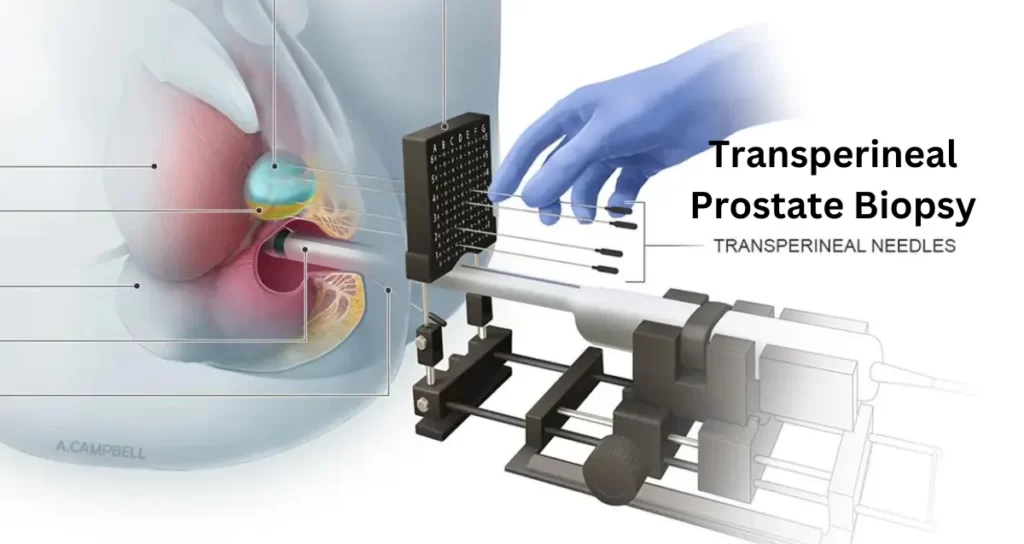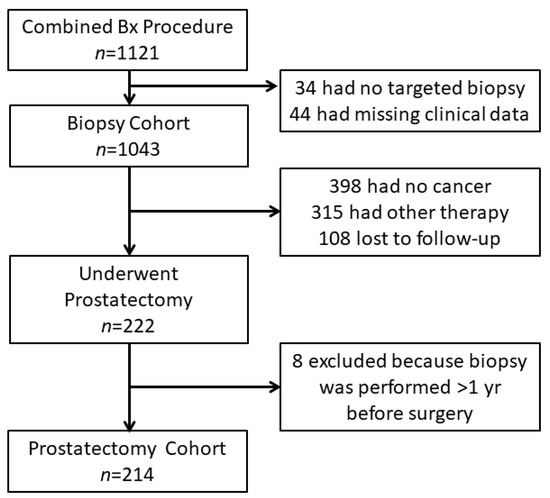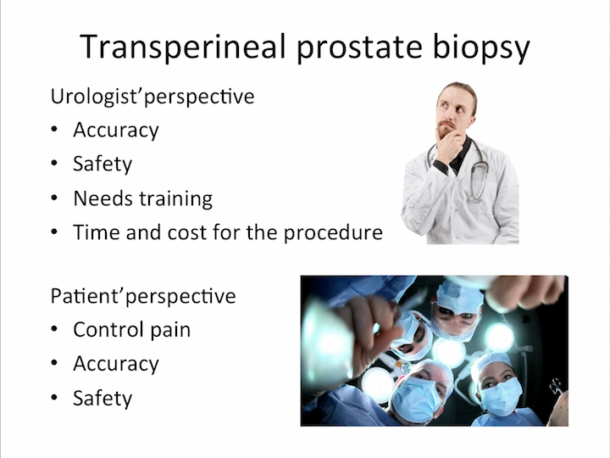Cpt Code For Transperineal Prostate Biopsy

Coding for medical procedures is a cornerstone of healthcare administration and reimbursement. Accurate coding ensures healthcare providers receive appropriate compensation for services rendered. One such area requiring precision is the coding for prostate biopsies, specifically the transperineal approach.
This article delves into the current CPT (Current Procedural Terminology) code landscape for transperineal prostate biopsies. Understanding these codes is critical for urologists, coders, billing specialists, and patients alike.
Decoding the CPT Code: Transperineal Prostate Biopsy
The CPT code most commonly associated with a transperineal prostate biopsy is 55706. This code specifically describes "Biopsy, prostate, needle or punch, single or multiple, transperineal, any method".
It's crucial to recognize that this single code encompasses both single and multiple biopsies performed via the transperineal route. The transperineal approach involves accessing the prostate through the perineum, the area between the scrotum and anus.
Why is Accurate Coding Important?
Accurate coding is vital for several reasons. First, it ensures correct billing to insurance companies and patients.
Second, it facilitates proper data collection for epidemiological studies and quality improvement initiatives. Finally, compliance with coding guidelines prevents potential audits and penalties from healthcare payers.
The Nuances of Code 55706
While 55706 is the primary code, certain scenarios may necessitate additional coding considerations. For example, if imaging guidance, such as ultrasound or MRI, is used to guide the biopsy, it may be separately reportable.
In this case, coders should consult the CPT manual for appropriate imaging guidance codes. These might include codes for transrectal ultrasound or MRI guidance, depending on the modality used.
Comparison to Transrectal Biopsy Coding
It is important to differentiate the transperineal approach (55706) from the transrectal approach. The transrectal approach, where the biopsy needle is inserted through the rectum, has a different CPT code.
Using the incorrect code can lead to claim denials or underpayment. The key differentiator is the anatomical route of access to the prostate.
Updates and Changes to CPT Codes
CPT codes are subject to annual updates and revisions by the American Medical Association (AMA). Staying current with these changes is paramount.
Urologists and coding professionals should regularly consult the AMA's CPT manual and related resources. They should also subscribe to reputable coding newsletters and participate in continuing education activities.
The Impact on Patients
Accurate coding indirectly affects patients by ensuring proper reimbursement for their medical care. This contributes to the financial stability of healthcare practices.
Precise coding also facilitates the tracking of patient outcomes and the monitoring of healthcare utilization patterns. This information can ultimately improve the quality of care delivered.
Real-World Implications
Consider a scenario where a patient undergoes a transperineal prostate biopsy with MRI fusion guidance. The appropriate coding would involve reporting 55706 for the biopsy itself.
The appropriate code for the MRI fusion guidance would also be included. Failure to report the guidance code would result in incomplete reimbursement for the services provided.
In conclusion, navigating the complexities of CPT coding for transperineal prostate biopsies requires vigilance and a thorough understanding of coding guidelines. Utilizing code 55706 correctly and being mindful of potential add-on codes for imaging guidance are essential for accurate billing and comprehensive patient care. Staying updated with annual code revisions from the AMA will ensure compliance and optimal reimbursement practices within urology.


















